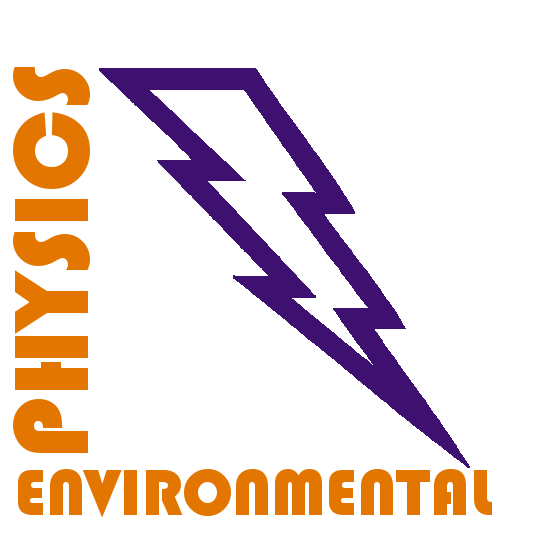Solvation of Gaseous H2O2, HNO2, NO2, NO, and O3 into Water Aerosol and Electrospray
Hassan M.E., Janda M., Machala Z.
1st Training School on "Fundamental Aspects of Plasma Medicine", NOVA School of Science and Technology, Caparica (Portugal), 14-16 Feb, p. 73 (2022)
download
|
|
Abstrakt: Plasma–liquid interactions have become of high-rank interest and importance in many applications because they produce reactive oxygen and nitrogen species (RONS) which are delivered into liquids [1]. Electrospray (ES)/Aerosol of liquids is one of the efficient ways to accelerate the transport of RONS into water by producing droplets of liquid in the sub-micrometer dimensions with a large surface-area-to-volume ratio [2]. The solubility of the gas species in liquids, e.g., water under the equilibrium conditions is given by Henry’s law solubility coefficient (KH) where the achieved concentration for each species dissolved is significantly different [3,4].
This work presents an investigation of the transport mechanism of gaseous RONS: H2O2, HNO2, NO2, NO, and O3 generated by several external sources separately into water microdroplets. Deionized water microdroplets are produced in two ways. First: charged microdroplets with different sizes (~20-300 μm) during ES produced by the positive dc high voltage applied on the needle electrode. Second: non-charging microdroplets using the atomizer compressor nebulizer to produce mist/aerosol of water microdroplets with the same sizes (~5 μm).
During the ES process, the solvation of the gaseous H2O2, HNO2, NO2, NO, and O3 into water is enhanced by increasing the applied voltage which increases gas-water interface surface area [5]. H2O2 was solvated in water with 4 orders of magnitude more efficiently than O3, despite the 7 orders of magnitude larger Henry’s law coefficient. This is because of the insufficient amount of gaseous H2O2 which is completely depleted from the gas [6]. HNO2 is solvated into the water as a dominant source of NO2¯ with 3 orders of magnitude higher than O3, which corresponds well with Henry’s law coefficient [7]. NO2 is solvated in water also making aqueous NO2¯, with 2 orders of magnitude higher efficacy than O3 despite similar Henry’s law coefficients due to the quick diffusion of NO2¯ into the volume. NO also seems better soluble than predicted, especially at higher voltages where a weak corona discharge is ignited: OH radicals are generated and interact with NO to produce the highly soluble HNO2. In the nebulizer results, the solvation of H2O2, NO, and O3 is higher than that found in ES due to the larger surface-area-to-volume ratio obtained during the mist/aerosol. While the solvation of HNO2 and NO2 as NO2¯ is limited because they also ionize to NO3¯ once entering water, where NO3¯ was found higher than NO2¯ in the collected water which makes it saturated. Based on the obtained results, the solubility of gaseous species is not determined purely by Henry’s law. These results can lead to a better understanding of the transport mechanism of gaseous RONS generated by plasma into water and will enable optimization of plasma–liquid interaction systems.
This work was supported by Slovak Research and Development Agency APVV-17-0382 and Comenius University grants UK/118/2021, UK/317/2020, and UK/325/2019.
References
[1] Bruggeman, P.J. et al, Plasma Sources Sci. Technol. (2016), 25. 10.
[2] Jaworek, A. et al, J. Phys. D. Appl. Phys. (2019), 52, 233001.
[3] Sander, R, Atmos. Chem. Phys. (2015), 15, 4399–4981.
[4] Kruszelnicki, J. et al, J. Phys. D. Appl. Phys. (2019), 52, 355207.
[5] Janda, M. et al, J. Appl. Phys. (2021), 129, 183305.
[6] Hassan, M.E. et al, Water (2021), 13, 182.
[7] Janda, M. et al, Appl. Sci. (2021), Vol. 11, Page 7053 2021, 11, 7053.
|

